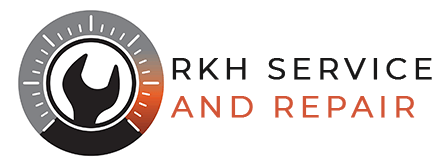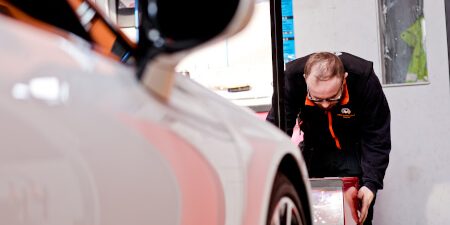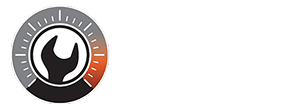With MOTs being required annually, they can often strike fear in drivers. The assessments have the ability to declare whether your car is roadworthy or not, and many are unaware of the factors that are taken into consideration. This month, we run through the aspects of an MOT that, if functioning correctly, will ensure that your car passes its MOT first time.
Brake fluid
One of the first factors of your vehicle that will get assessed in its MOT is the brake fluid levels. Luckily, this is something which you can check yourself at home – and it is rather simple to do! Simply open your bonnet and locate the master cylinder. On this, you should see ‘minimum’ and ‘maximum’ marks, and some fluid which should, if levels are correct, rest between these points. If you notice that it is running low, you will be able to purchase bottles of fluid at your local car store, such as Halfords, and even some petrol garages. Fill it up slowly and carefully, ensuring that you don’t overtake the maximum mark.
Windscreen
You should assess the quality of your windscreen before your MOT. Keep an eye out for any small chips or scratches that have gone unnoticed until now. Whilst these could have been caused through no fault of your own, they could be classed as dangerous during your MOT, and require a repair before your vehicle is declared road-worthy. There is a general rule that any crack or chip over 10mm will result in a fail, but we recommend repairing any sized scratch to prevent damage further down the road.
Windscreen washer
Your windscreen washer fluid levels will also be assessed during your annual MOT, so it is worth taking a look at this before arriving at the garage. Remember, it is required to provide you with clear sight out of both your front and rear windscreens. Many modern vehicles will alert drivers if the liquid is running low, but you are also able to top it up manually by filling the windscreen washer tube beneath the bonnet. Your vehicle will be able to hold quite a lot, so be generous – but of course, don’t overflow it!
Tyres
Our tyres are responsible for a lot of our safety whilst on the road, so it is important that they are in good condition. Before your assessment, take a trip out to your car with a 20p piece. This will allow you to test to tread depth efficiently – just see if the outer band of the 20p is covered by the tread. The minimum allowance is 1.66mm and if yours appear lower than this, you will need to arrange for a new tyre. Carry this check out across all four tyres, as well as your spare if applicable. Whilst checking the tread depth, you should also assess for any nicks or slits that could result in a slow or sudden puncture, or affect the quality of the tyre in any way.
Horn
Perhaps one of the easiest things to check yourself, the working function of your horn is something that will be assessed during your MOT. Your horn is required to alert other road users in time of danger, so it is crucial that it works at all times. This is the time in which we would explain how to test that your horn is working effectively, but we’re sure that you’ll know how to do that!
Internal and external lights
Lights of any kind are tested during your MOT. This includes the external lights, such as your reverse, brake and headlights, as well as internal dashboard warning lights. You can test your external lights with the help of a friend, neighbour of family member. Activate each one one-by-one and ask them to clarify that they can be seen clearly. If not, you will need to arrange for a bulb replacement. You should also assess your dashboard, checking for any warning lights that remain visible after your engine has been turned on, and handbrake released. These will be signalling a fault with your vehicle, and should be checked by a professional as soon as possible.
Number plates
Your number plate will also be assessed during your MOT. Your mechanic will check that it can be read clearly both up close and from a distance, that it is secured tightly to your vehicle and that it is clean and free from scratches or marks that could lead to a mistake. Personalised plates are allowed, but they must be spaced correctly and registered against the vehicle. If any of these aren’t relevant to your car, it could result in an MOT fail. You will then need to restore your plate and have it reassessed.
For guidance on the MOT process, support with vehicle repairs before your assessment, or to arrange for an MOT at our garage, get in touch with our experts at RKH Service and Repair. Give us a call on 01233 877797 or email admin@rkhserviceandrepair.co.uk today.




